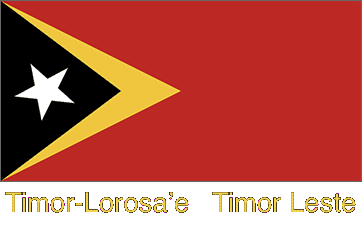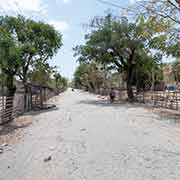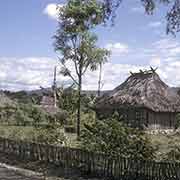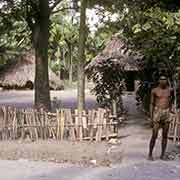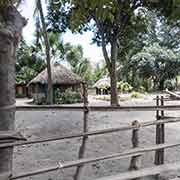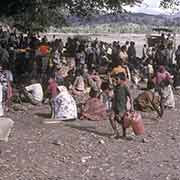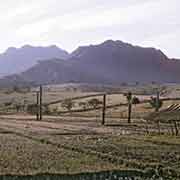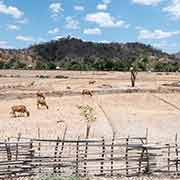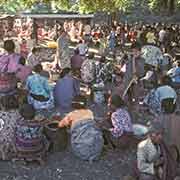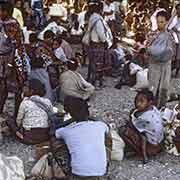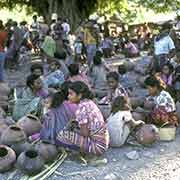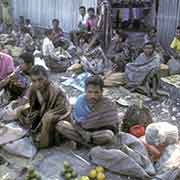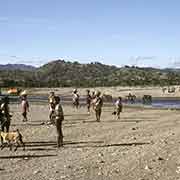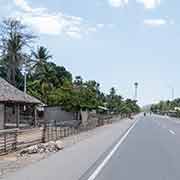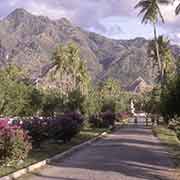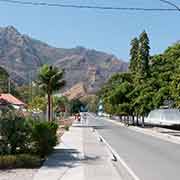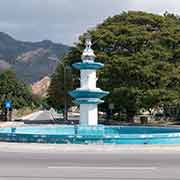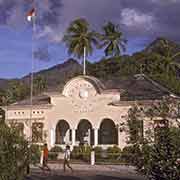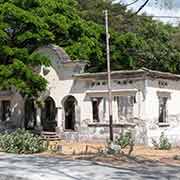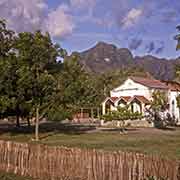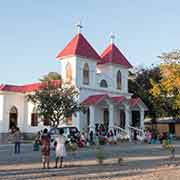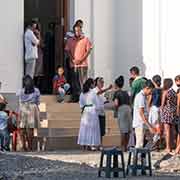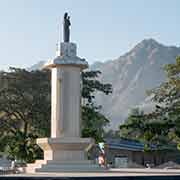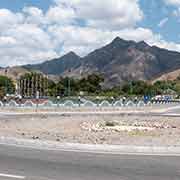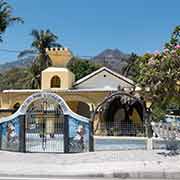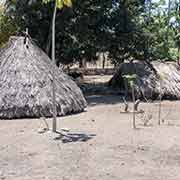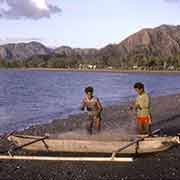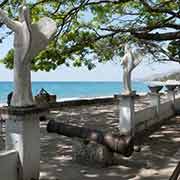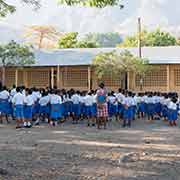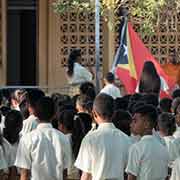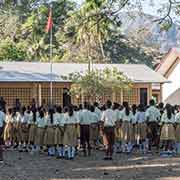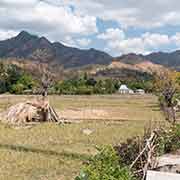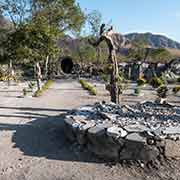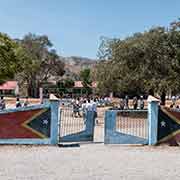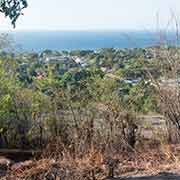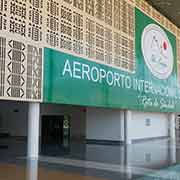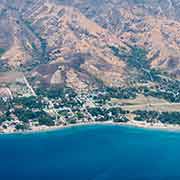Photos of Oé-Cusse, Timor-Leste
Oé-Cusse
Oé-Cusse-Ambeno, two original kingdoms which existed before the Portuguese arrived, was the first part of the island of Timor in which the Portuguese settled. In 1556 the Portuguese Dominican friar António Taveiro, started missionary work here and established the village of Lifau, in the Ambeno kingdom, five kilometres west of present-day Pante Macassar (or Pante Makasar), now the main town of the district.
you may then send it as a postcard if you wish.
In the 1650s a mestizo (Eurasian) population, called Topasses, migrated here from Flores and in 1702 Lifau became the capital of Portuguese Timor. The Topasses rebelled against the Portuguese, drove them out and even attacked the Dutch colonial outpost in Kupang. The Portuguese returned but then moved their capital to Dili in 1769 because of attacks by the Topasses. Most of West Timor was left to the Dutch, who were in the process of establishing their authority over Indonesia. The Portuguese later recaptured Pante Macassar and built a fort there. In 1859 a Treaty was signed in Lisbon in which the Netherlands and Portugal divided Timor between them. It left Oé-Cusse-Ambeno as an enclave in Dutch territory; its definite border was drawn in 1916.
The exclave was virtually forgotten after this. It only became the Municipality of Oécusse in 1973, with the status of a county (conselho). There was a port at Pante Macassar, and it was here that on 29 November 1975 an Indonesian advance force took control, a week before they invaded East Timor proper. FRETILIN was not active in Oé-Cusse, and there was no resistance when Indonesia annexed the exclave. However, after the independence referendum in 1999, it was subjected to terrible violence by Indonesian militias, in which over 90% of infrastructure was destroyed. On 8 September a group of young men was killed by Sakunar militiamen, with support by Indonesian soldiers; the following day 70 men from the village of Imbate were marched out and all killed.
During the Indonesian period, the district, now called "Oekussi-Ambeno", was as neglected as it had been during Portuguese rule. The unpaved road from the Indonesian town of Kefamenanu leads to Pasar Tono, a large market along the river where people from all over the region come to trade their produce. From there a smooth bitumen road goes to Pante Macassar, the only town, The exclave population is almost 60,000. The largest ethnic group is the Dawan or Atoni (about 20,000) who speak the Balkeno language. Pante Macassar is a town of around 8,000 people and has wide streets and a few Portuguese buildings, like the Concelho, the Administrative Office, burnt down and thrashed by the Indonesian militia in 1999. There are plans to restore it as an information centre for tourism and culture. The old Portuguese church, the Igreja Santo Antonio Pantemacassar de Oe-Cusse (also called Igreja de Nossa Senhora do Rosário), now fully restored, now has two towers. Inland Oé-Cusse is dotted with traditional thatched houses.


